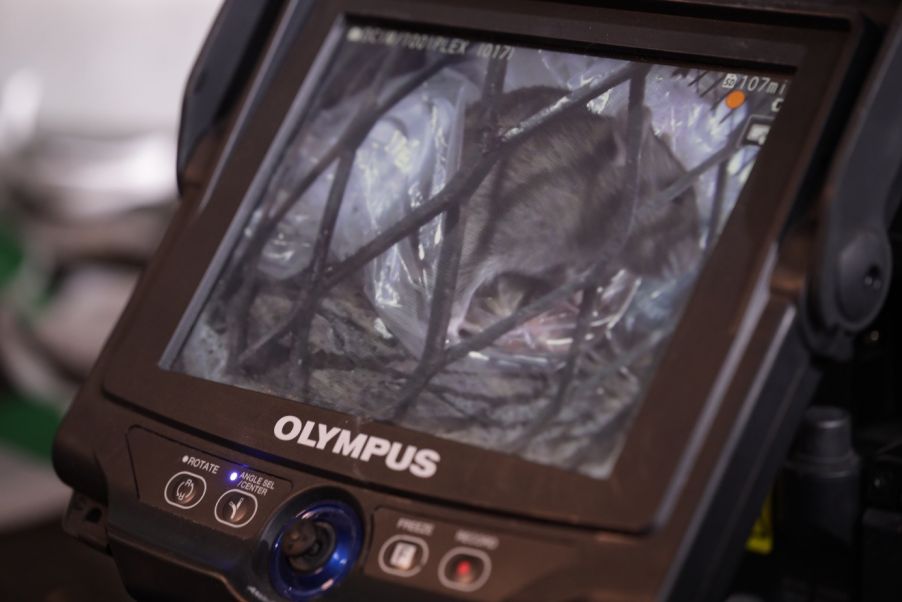On and above the Earth’s surface, filmmaker Jeff Morales has focused his camera on a wide range of wildlife—from elephants, leopards, and bears to spiders, crocodiles, and pigeons. In his 27-year career, Jeff has worked with many different camera equipment manufacturers, enabling him to produce award-winning science and natural history documentaries.
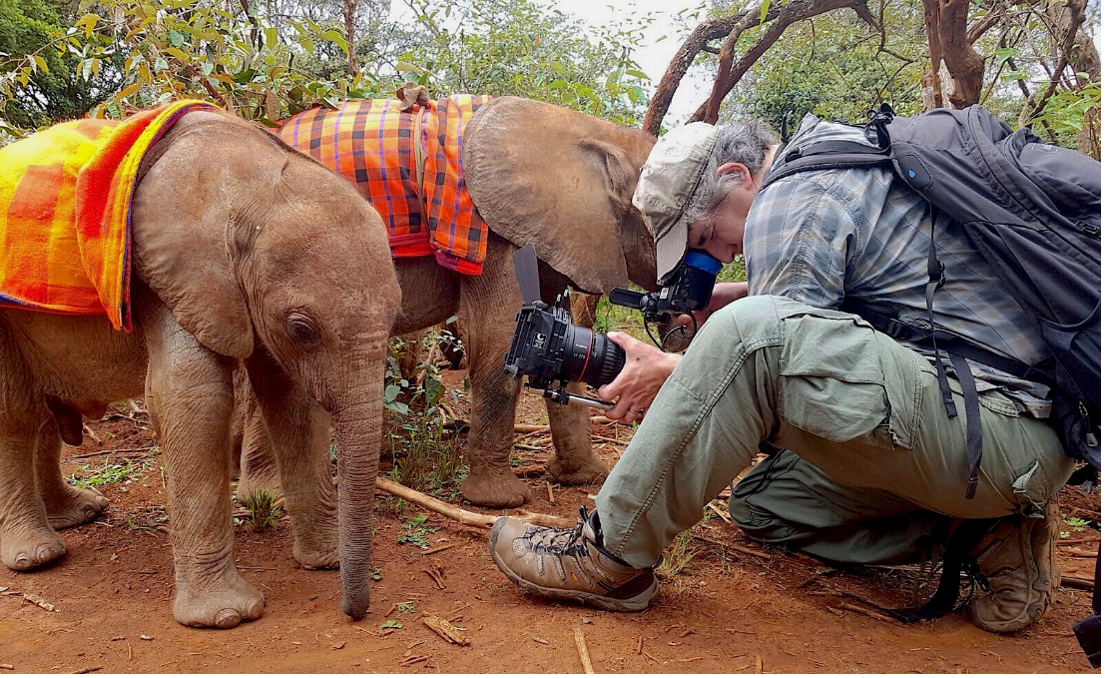
Jeff on location in Africa filming For the Love of Elephants using conventional film equipment (courtesy of Jeff Morales)
Clearly an explorer at heart, Jeff is constantly striving for ways to chronical the lives of creatures that haven’t been done before. Since he first started working for National Geographic Television, he’s sought out technology that enables him to push the boundaries of filmmaking. On one project, for example, he attempted to use an early Olympus digital high-speed camera to capture and slow down insect behavior lasting only a millisecond.
Some of Jeff Morales’s Award-Winning and Nominated Documentaries with National Geographic Television
Hornets From Hell (2002) stars the “dreaded” Japanese giant hornet.
Creepy Healers (2003) features insects that were once used medicinally.
Deadly Love (2004) reveals the mating rituals of spiders.
Fire Ants: Texas Border Massacre (2005) highlights a Texas town’s struggle against a fire ant invasion.
Insect Wars (2006) documents the brutality of power struggles within insect colonies.
Moose: Titans of the North (2007) portrays the majestic moose in Alaska and its struggle to survive.
Kangaroo Kaos (2008) compares kangaroos’ lives in the Australian suburbs versus those in the outback.
Seeing Wildlife in a Whole New Way with Borescopes and Videoscopes
It’s this ingenuity and trailblazing spirit that led Jeff to incorporate our rigid borescopes and videoscopes into his filmmaking. Providing a clear, bright view inside tight, dark spaces, borescopes and IPLEX™ videoscopes have enabled Jeff to reveal the remarkable lives of animals who live and thrive underground and in hard-to-reach habitats.
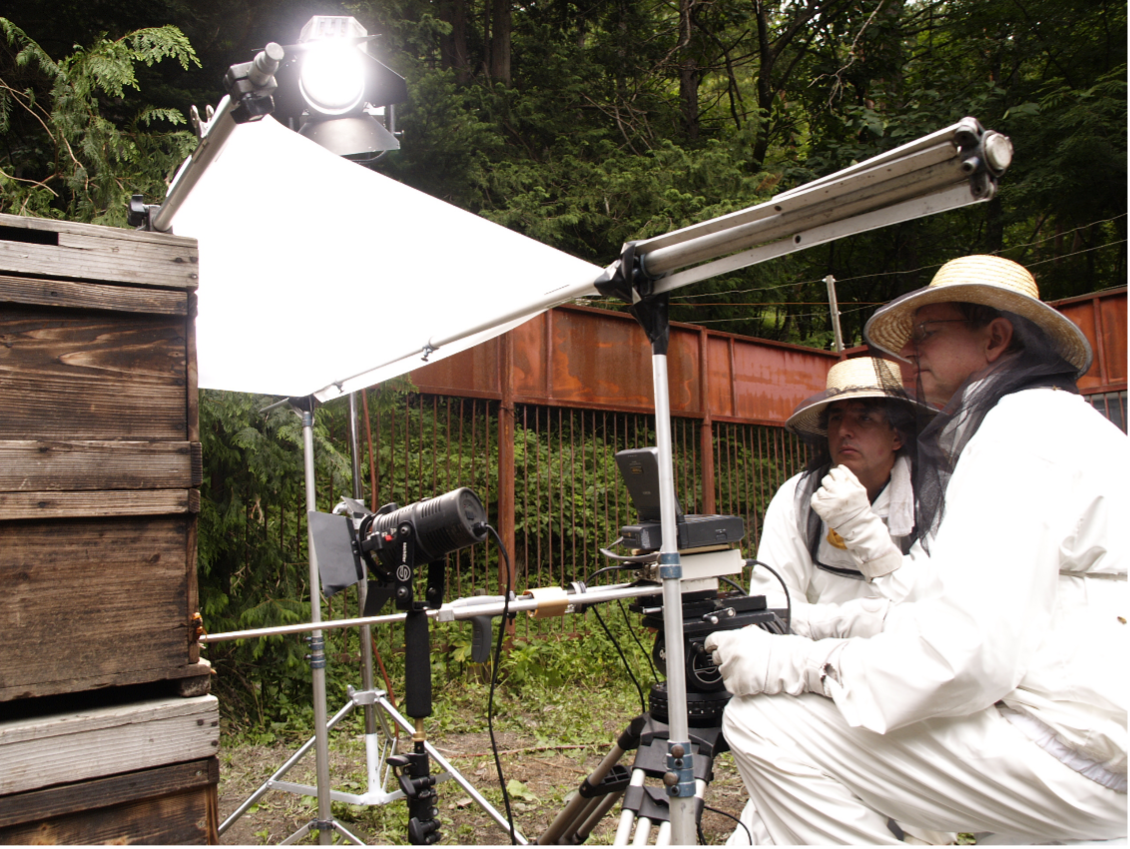
Jeff and fellow filmmaker Alastair MacEwen using a setup involving one of our rigid borescopes to film Japanese hornets attacking a beehive (courtesy of Jeff Morales)
He loves educating people about what he considers underappreciated and misunderstood creatures. It’s often these so-called “creepy” crawlers and critters that are the key to the survival of a healthy ecosystem.
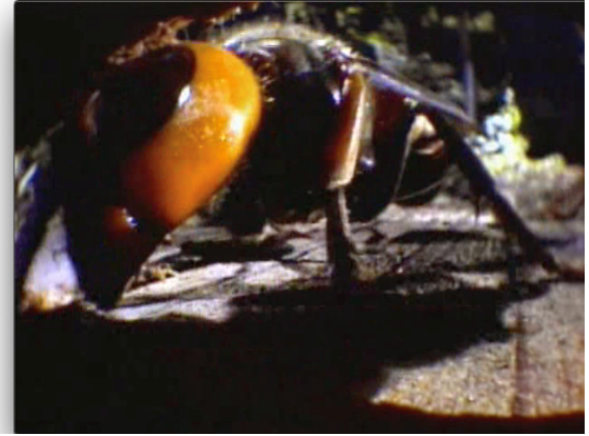 | 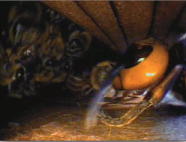 |
Still images captured during the filming of Hornets from Hell by navigating the flexible insertion tube of an IPLEX videoscope deep inside a beehive (courtesy of Jeff Morales)
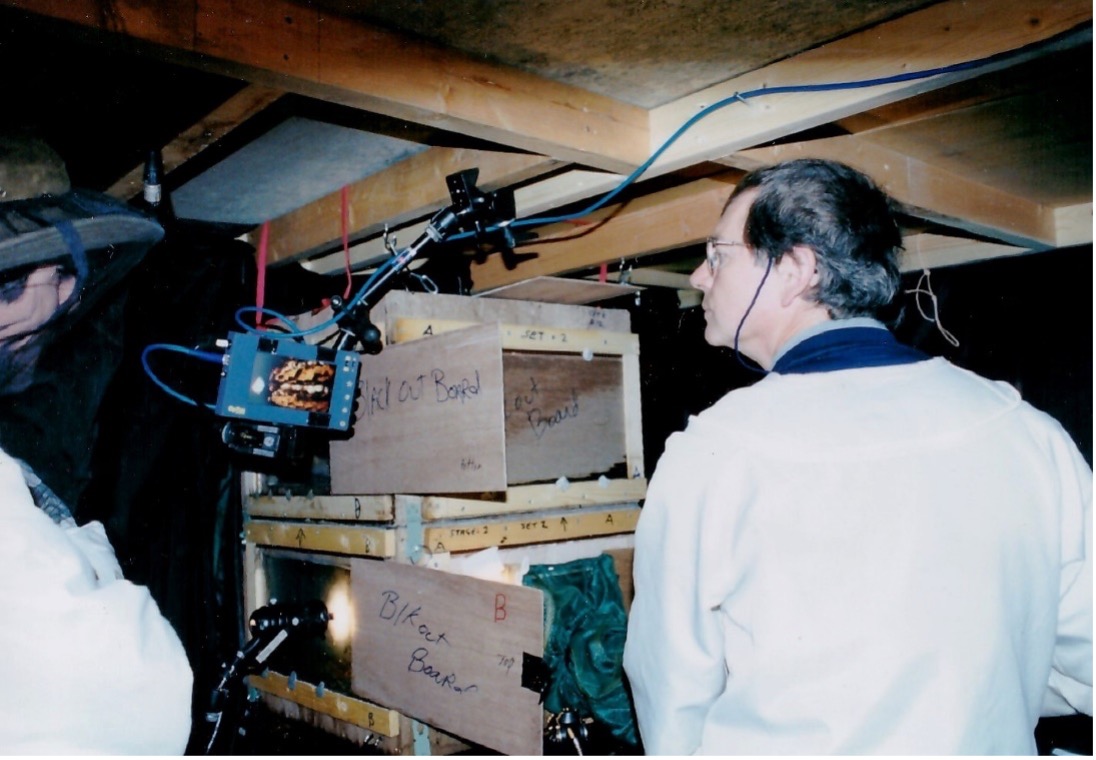
Jeff and Alastair used this IPLEX videoscope setup to film the above images of the Japanese hornets since the flexibility of the scope enabled them to navigate deep inside the hive (courtesy of Jeff Morales)
Taking Us Down to Rat City
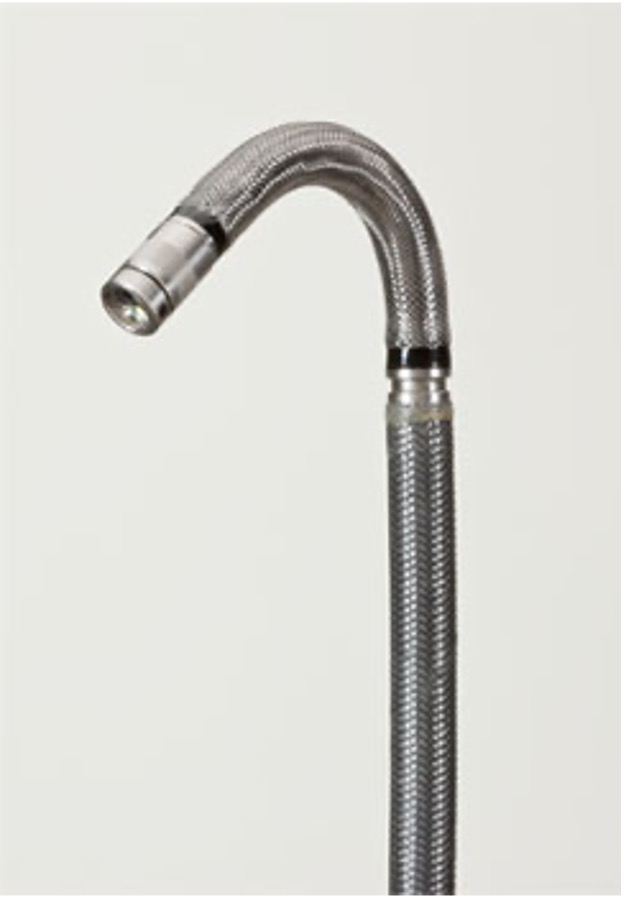 | From Japanese giant hornets, to flies, leeches, moose ticks, spiders, fire ants, and a host of other social insects, Jeff has been able to find creative ways to apply videoscopes to dive into these secretive societies and see the world from the animal’s point of view. When it came time to tell the story of the brown rat in RAT CITY, a documentary Jeff and his Invert Films partner Bryan Sullivan produced and directed for CBC’s The Nature of Things, they knew IPLEX videoscopes would help achieve their vision. Thanks to the videoscope’s flexibility and versatility, the film crew was able to place cameras in incredible locations, such as inside sewer pipes and subway tunnels, giving viewers a glimpse of the world from the rat’s perspective. |
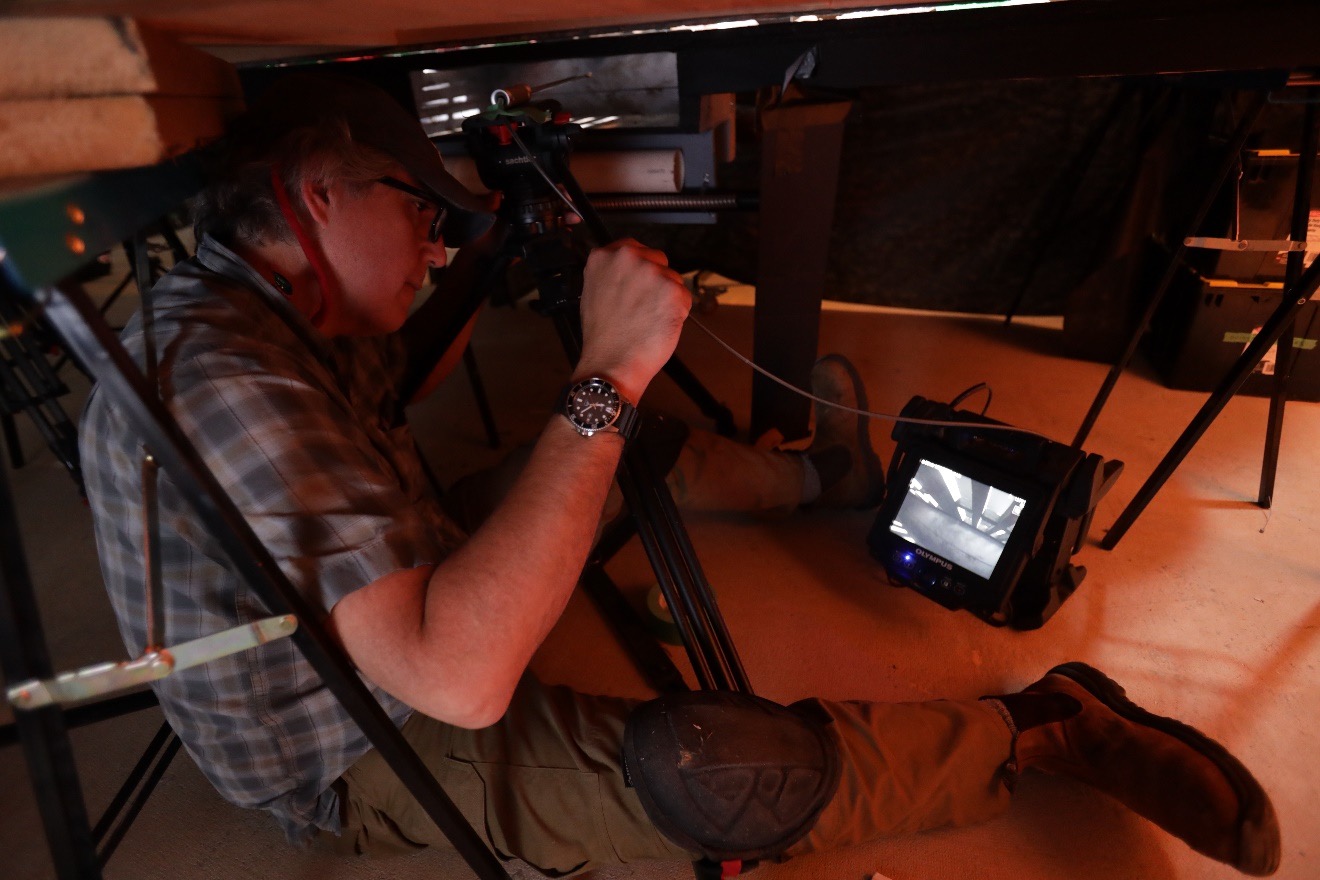
The Rat City crew were able to film brown rats in “impossible” locations using this IPLEX videoscope
Vision Becomes Reality Through High-Quality RVI Technology
Primarily used for industrial inspection and never intended for filmmaking, image gathering technology such as flexible videoscopes and rigid borescopes have opened a whole new world of possibilities for cinematographers.
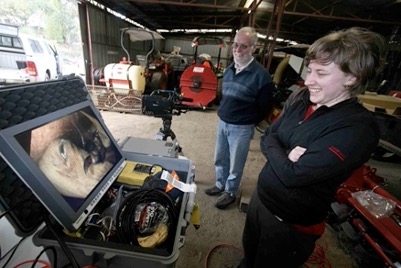
Two kangaroo researchers looking at a videoscope image of a joey curled up inside the pouch of its mother during the filming of Kangaroo Kaos (courtesy of Jeff Morales)
Over the years, Jeff Morales has consistently chosen to work with our imaging equipment. Here, he explains why:
What’s Next for Jeff? Stay Tuned!
Jeff wears a variety of hats behind the camera, sometimes freelancing as a cinematographer for big names in wildlife documentaries, including PBS, CBC, BBC, and the Smithsonian, or directing and producing on behalf of Invert Films. Whatever role he’s in on his next project, we’re hoping it involves our imaging equipment so we can collaborate again soon!
To be continued…
To learn more about our borescopes and IPLEX line of videoscopes and their range of applications, visit www.olympus-ims.com/rvi-products.
Related Content
Capturing Cultural Heritage: Recording a Traditional Japanese Puppeteer
